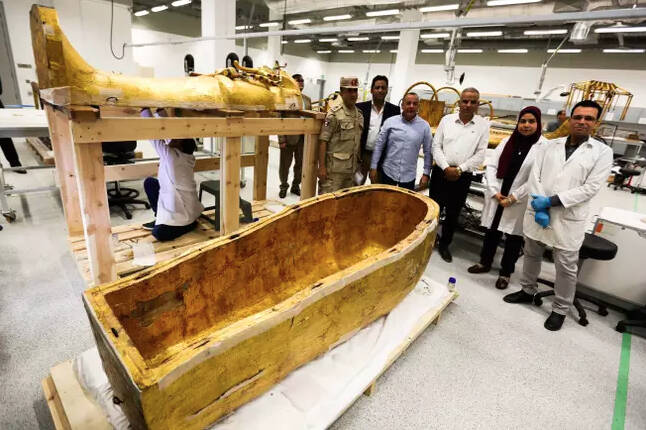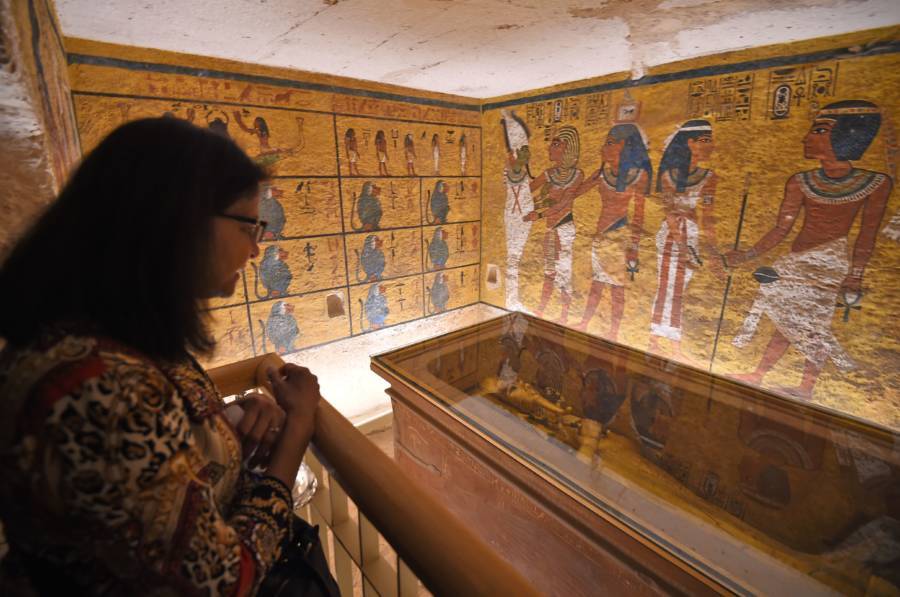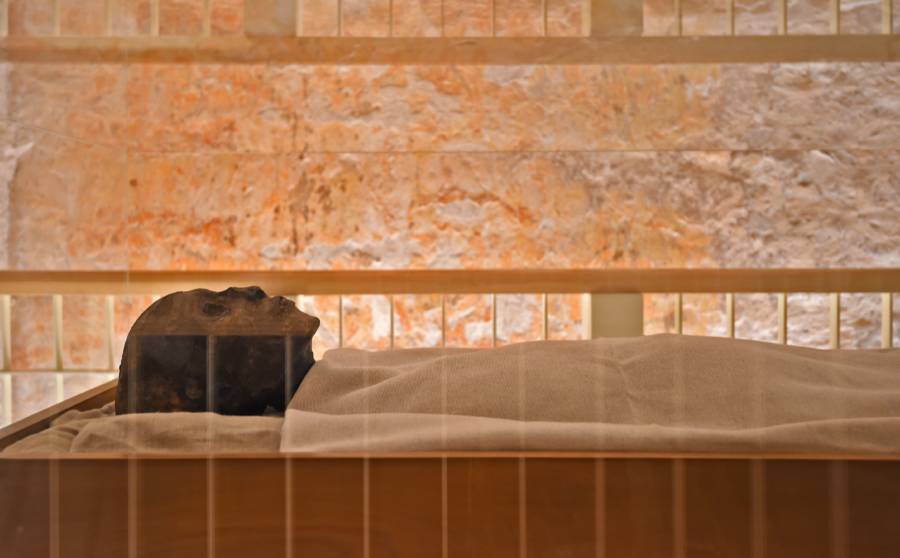After 3,300 Years, King Tut’s Coffin Leaves His Tomb For The First Time Ever

The outer coffin that once held King Tutankhamun (the youngest king to rule Egypt — came to power when he was just 9) had never left the 3,300-year-old tomb from the time his body was first laid to rest, until now.
Even after the British archaeologist, Howard Carter discovered the tomb in 1922, a coffin made of wood and gold remained in the Valley of the Kings.

Recently, the Getty Conservation Institute and the Egyptian Ministry of Antiquities finished a nearly 10-year-long restoration project of Tut’s tomb.
As reported by The Los Angeles Times, the researchers plan to restore Tut ‘s outer coffin, remove it from its original resting place and allow experts to carry out further study.
This project is mainly inspired by the impending opening of the Grand Egyptian Museum later this year, which will overlook the Pyramids of Gaza.

The outermost coffin is the largest of three coffins (one inside the other) that house King Tut’s body.
While the inner two coffins have already been on display at the Egyptian Museum in Cairo, the third coffin will rejoin them for an exhibit at the new Grand Egyptian Museum when it opens.
The innermost coffin is made of solid gold, while the middle one is built from gilded wood and multi-colored glass.
Apart from the three coffins, the museum will also display for the first time all of the more than 5,000 artifacts that were found in Tut’s tomb nearly a century ago.

The exhibition will cover more than 75,000 square feet, forming the centerpiece of what will be the biggest museum on earth, exclusively dedicated to a single civilization.
Carter’s discovery of Tutankhamun’s resting place in the Valley of the Kings was the first time a royal tomb from the time of ancient Egypt had been discovered so remarkably intact.
It also contained a plethora of stunning royal treasures, such as a dagger made from meteorites.
The two inner coffins were transported to the Egyptian Museum in Cairo immediately after Carter’s original discovery, while the outer coffin was left in the king’s tomb.
97 years later, the outer casket was them removed from Tut’s tomb under high security for it to be fumigated.
In a press conference, Minister of Antiquities Khaled Anany said the coffin was in a “very fragile” state.

The 7-foot, 3-inch-long gold coffin, which depicts the boy king as Osiris, the Egyptian god of the afterlife, was resting inside a plastic incubator in one of the 17 state-of-the-art laboratories at the new museum.